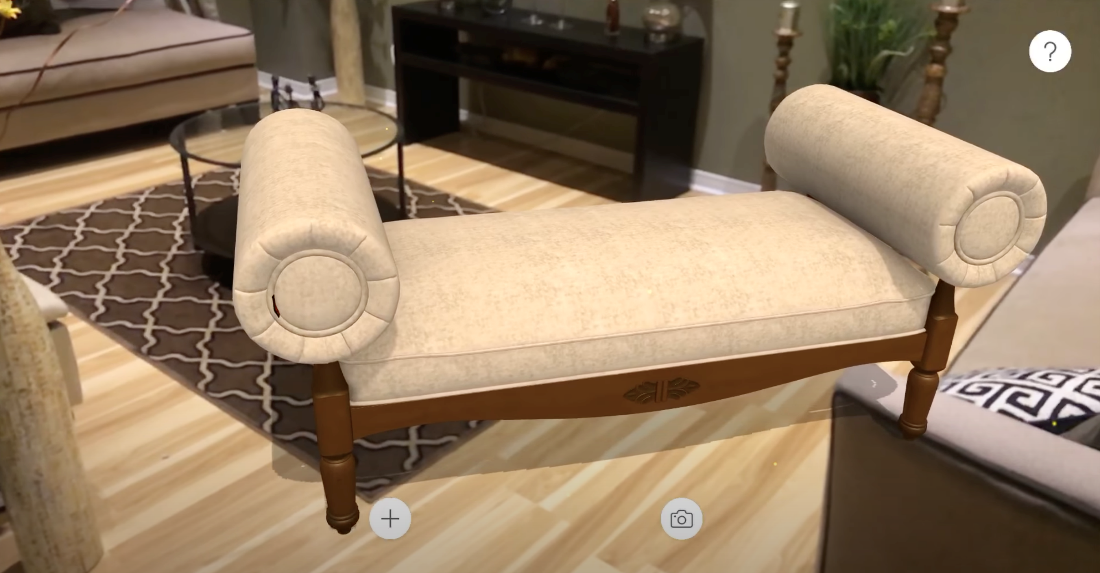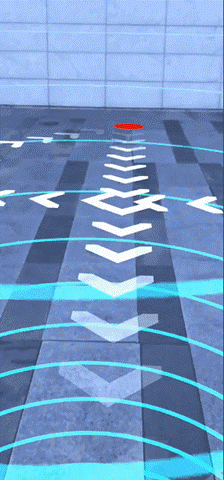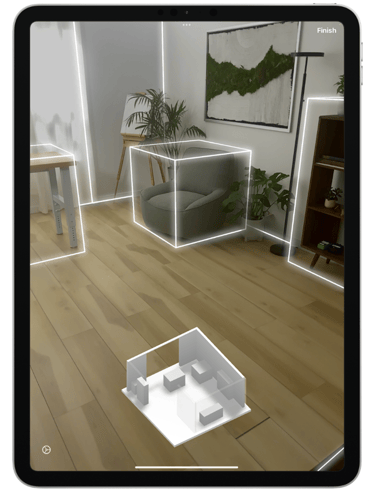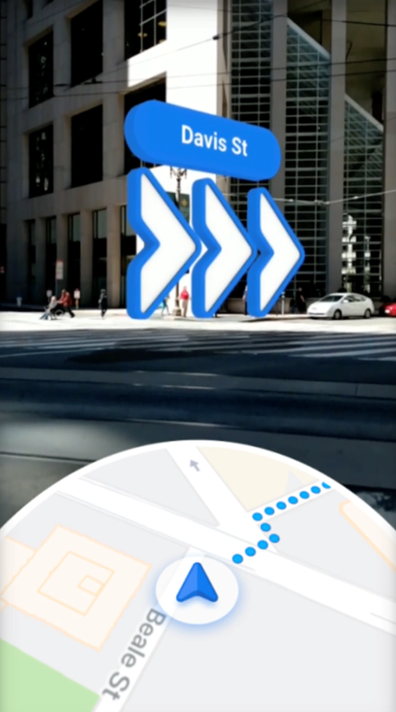When designing for Augmented Reality (AR), the product-emotion cycle is critical to the user experience (UX).
Since AR aims to enhance reality by adding virtual content as an overlay to the physical world, users have more chances to experience and connect with a product and brand in a myriad of ways.
But What Exactly Is the Product-Emotion Cycle?
The product-emotion cycle is part of the emotional design process of creating a product that emotionally engages users and fulfills their needs.
We build emotional connections, whether negative or positive, with everyday applications; for instance, feelings like happiness and fulfillment when everything works as it should or anger and frustration when something doesn't work. We are so used to creating relationships with our products that we hardly notice it anymore.
For example, imagine using AR in a mobile device to visualize how a chair will look in your living room and discover that the chair appears in the middle of other furniture, making the experience disappointing.
Digital products that do not work correctly are common, especially in AR, a concept the industry is still learning.

Augmented reality for furniture. (Image credit: YouTube channel Syncoria)
In AR, we combine spatially anchored items and spatial audio to create the "feeling" that the object in the camera is in our immediate area, seeming natural and allowing for instinctive interaction.
We can achieve realism through emotional design principles by planning and developing an AR experience that is both visually pleasing and conveys an appropriate sense of realism to the end user.
Here Are Three Emotional Design Principles to Keep in Mind
1. Keep It Simple
The user experience can be negatively impacted by information overload. For users to enjoy the experience and get the most out of it, keep it simple and concentrate on key features.
Simplicity can be achieved by avoiding excessive information and interaction. This can be accomplished by eliminating any objects that are not relevant to the design's purpose.

In this AR game, users get different indications and graphics at once, which can be overwhelming at first. (Image credit: AR Runner)
2. Keep It Real
The product should be easy to use. When the user interacts with mobile AR, gestures to activate the interaction should feel as natural as possible. Keeping interactions simple will reduce the number of steps needed to complete an action while enhancing the user experience.
A repeated gesture across AR is swiping left or right with one finger to "move" the elements we're interacting with.

Image credit: Apple Augmented Reality RoomPlan
3. Familiarity
Even digital natives may not understand how to navigate certain technologies or interact with products using a new technology like AR. This is where familiarity comes into play.
Designers can employ familiar UX elements to ease the transition between physical and digital products to help guide users through the experience. We call them affordances.
Natural User Interface (NUI) uses the immediate context and repeated gestures the users know to make the experience better.
For example, if your product is meant for map navigation, incorporate real-life signaling such as arrows to give users a chance to familiarize themselves with the product.

Image credit: Live View in Google Maps
Does AR Make Sense for My Product?
Definitely! AR is slowly coming into our everyday lives to enhance our experience.
AR is a new playground that shouldn't be taken lightly. Developing emerging technology platforms, like AR, means preparing for unexpected use cases.
Like every product (new or not), we still need User Research. UX research can help us figure out how to connect with our users and business better.
It is important to remember that users can relate to and connect with a product, which determines its success.
Sources:
Natural User Interfaces
User Experience & Interaction Design for AR/VR/MR/XR
About Encora
Fast-growing tech companies partner with Encora to outsource product development and drive growth. Contact us to learn more about our software engineering capabilities.